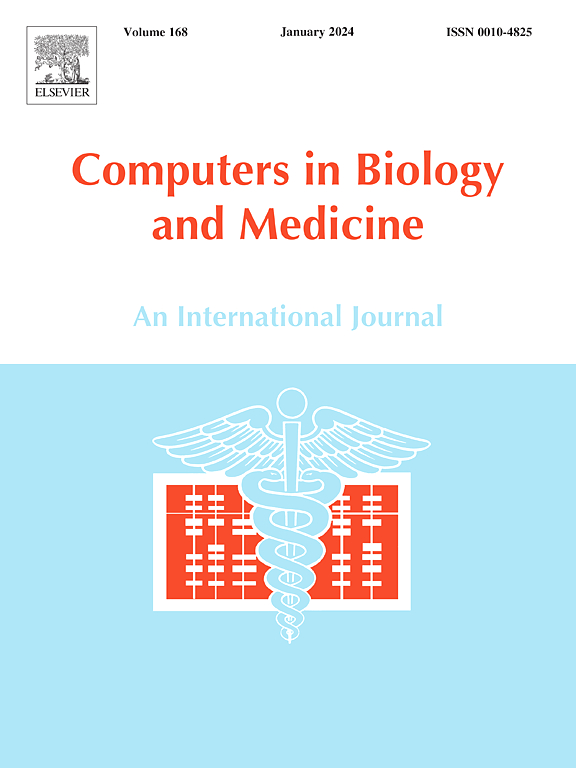不同长度INTERTAN治疗AO31A2.3骨折的生物力学分析:有限元研究
IF 6.3
2区 医学
Q1 BIOLOGY
引用次数: 0
摘要
目的通过有限元分析比较不同长度INTERTAN髓内钉(180 mm、200 mm、240 mm、320 mm)治疗AO31A2.3股骨粗隆间骨折的生物力学性能,为临床选择内固定方法提供理论依据。方法以健康志愿者CT图像为基础,采用Mimics、Geomagic Studio和Creo 5.0软件建立股骨及AO31A2.3粗转子间骨折三维模型,采用Abaqus软件进行有限元分析。模拟正常站立、慢速行走和下楼梯三种步态条件下股骨的应力分布、骨折部位应力应变分布、移位和整体变形。结果不同长度的INTERTAN内固定在股骨整体位移、内固定应力和骨折部位应力上存在显著差异。然而,在断裂部位的应变没有显著差异。与180 mm长的内固定相比,320 mm长的INTERTAN在股骨整体变形和应力分散方面表现更好。内固定应力降低2.13% ~ 8.68%,抗变形能力提高0.53% ~ 4.86%,骨折端应力降低0.56% ~ 3.33%,生物力学稳定性较好。结论对于AO31A2.3粗隆间骨折,320 mm INTERTAN内钉具有降低股骨变形和固定失败风险的优势,值得临床推荐使用。本文章由计算机程序翻译,如有差异,请以英文原文为准。
Biomechanical analysis of different lengths of INTERTAN in the treatment of AO31A2.3 fractures: A finite element study
Objective
To compare the biomechanical performance of different lengths of INTERTAN intramedullary nails (180 mm, 200 mm, 240 mm, 320 mm) in the treatment of AO31A2.3 intertrochanteric fractures through finite element analysis, providing a theoretical basis for the selection of clinical internal fixation methods.
Methods
Based on CT images of healthy volunteers, three-dimensional models of the femur and AO31A2.3 intertrochanteric fracture were constructed using Mimics, Geomagic Studio, and Creo 5.0 software, and finite element analysis was performed using Abaqus software. The stress distribution, stress-strain distribution at the fracture site, displacement, and overall deformation of the femur were simulated under three gait conditions: normal standing, slow walking, and descending stairs.
Results
There were significant differences in the overall displacement of the femur, the stress of the internal fixation, and the stress at the fracture site among INTERTAN internal fixations of different lengths. However, there was no significant difference in the strain at the fracture site. Compared with the 180-mm-long internal fixation, the 320-mm-long INTERTAN performed better in terms of the overall deformation of the femur and stress dispersion. The stress of the internal fixation decreased by 2.13 %–8.68 %, the anti-deformation ability increased by 0.53 %–4.86 %, and the stress at the fracture ends decreased by 0.56 %–3.33 %, indicating better biomechanical stability.
Conclusion
For AO31A2.3 intertrochanteric fractures, the 320 mm INTERTAN nail demonstrates superior performance in minimizing femoral deformation and fixation failure risk, which makes it the recommended choice for clinical use.
求助全文
通过发布文献求助,成功后即可免费获取论文全文。
去求助
来源期刊

Computers in biology and medicine
工程技术-工程:生物医学
CiteScore
11.70
自引率
10.40%
发文量
1086
审稿时长
74 days
期刊介绍:
Computers in Biology and Medicine is an international forum for sharing groundbreaking advancements in the use of computers in bioscience and medicine. This journal serves as a medium for communicating essential research, instruction, ideas, and information regarding the rapidly evolving field of computer applications in these domains. By encouraging the exchange of knowledge, we aim to facilitate progress and innovation in the utilization of computers in biology and medicine.
 求助内容:
求助内容: 应助结果提醒方式:
应助结果提醒方式:


